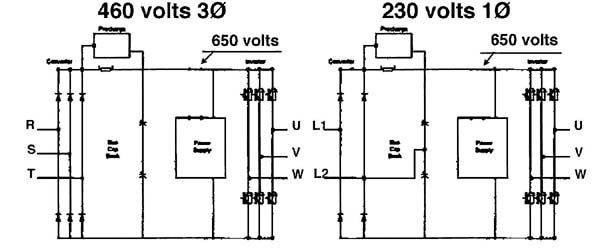I was just thinking of buying one of these:
http://cgi.ebay.co.uk/ws/eBayISAPI.dll?ViewItem&ih=005&item=150009545993
to power a not-easily-replaced and not-easily-rewired 415V three phase motor from (UK) 230V single phase. It's the first VFD which I'd seen which takes 240V as the input and puts out 415V.
Then did some more digging and found this:
This ebay guide
saying that this VFD was probably illegal to use. The seller then replied with this:
This other ebay guide
Saying that indeed they did have no CE mark before but they do now...
Any views? How come there aren't more people selling these 240-415 VFDs? Anyone tried one of this type?
http://cgi.ebay.co.uk/ws/eBayISAPI.dll?ViewItem&ih=005&item=150009545993
to power a not-easily-replaced and not-easily-rewired 415V three phase motor from (UK) 230V single phase. It's the first VFD which I'd seen which takes 240V as the input and puts out 415V.
Then did some more digging and found this:
This ebay guide
saying that this VFD was probably illegal to use. The seller then replied with this:
This other ebay guide
Saying that indeed they did have no CE mark before but they do now...
Any views? How come there aren't more people selling these 240-415 VFDs? Anyone tried one of this type?


